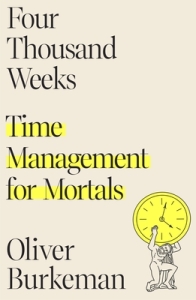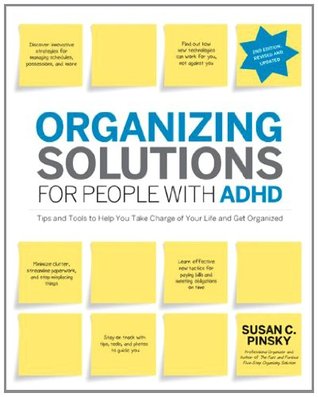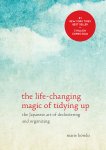Title: Four Thousand Weeks: Time Management for Mortals
Author: Oliver Burkeman
Genre: Philosophy/Productivity
Trigger Warnings: Discussions of death and mortality
Back Cover:
The average human lifespan is absurdly, insultingly brief. Assuming you live to be eighty, you have just over four thousand weeks.
Nobody needs telling there isn’t enough time. We’re obsessed with our lengthening to-do lists, our overfilled inboxes, work-life balance, and the ceaseless struggle against distraction; and we’re deluged with advice on becoming more productive and efficient, and “life hacks” to optimize our days. But such techniques often end up making things worse. The sense of anxious hurry grows more intense, and still the most meaningful parts of life seem to lie just beyond the horizon. Still, we rarely make the connection between our daily struggles with time and the ultimate time management problem: the challenge of how best to use our four thousand weeks.
Drawing on the insights of both ancient and contemporary philosophers, psychologists, and spiritual teachers, Oliver Burkeman delivers an entertaining, humorous, practical, and ultimately profound guide to time and time management. Rejecting the futile modern obsession with “getting everything done,” Four Thousand Weeks introduces readers to tools for constructing a meaningful life, showing how many of the unhelpful ways we’ve come to think about time aren’t inescapable, unchanging truths, but choices we’ve made as individuals and as a society–and that we could do things differently.
Review:
This is a bizarre book to review. While I was reading it I found it groundbreaking and earth-shattering, but as soon as I stopped reading for a moment I could no longer remember what was actually so profound about it.
I can’t even really give you a succinct statement on what the book was about, because it was “about” many things. It was about how leisure has become another task, the failure of time management systems, the invention of the modern idea of time during the Industrial Revolution, the creation of meaning through conscious choices, and that you are definitely going to die someday and the end is sooner than it seems. And probably a few other things too, there were a lot of topics in this book.
If I boil it down to a single message, it would be something like, “Life is short and you can’t do everything, so pick what you actually want to do and ignore the rest.” Which is not at all groundbreaking and is a message I’ve heard from a good 80% of self-help products. Oliver does make some good points. He points out that time management systems fail because they’re built on the premise of helping you to do everything when we, as finite mortals, are inherently incapable of doing everything. He also proposes that doing things has meaning because we are choosing to do that with our limited time to the exclusion of all the other things we could do with our time – which is an interesting point to think about, but he uses the example of a marriage having meaning because you chose this one person to the exclusion of all others, and as a polyamorous person that’s not at all what gives my marriage meaning.
I think it’s the way that it’s written that makes this book feel so profound, because every time I put it down the feeling of this book containing incredible deep wisdom completely disappeared. You can’t do everything, and this fact should be obvious. But I suppose we all need reminders every now and then, and this is a good book to remind you of that fact.





 I reread The Life-Changing Magic of Tidying Up. (
I reread The Life-Changing Magic of Tidying Up. (